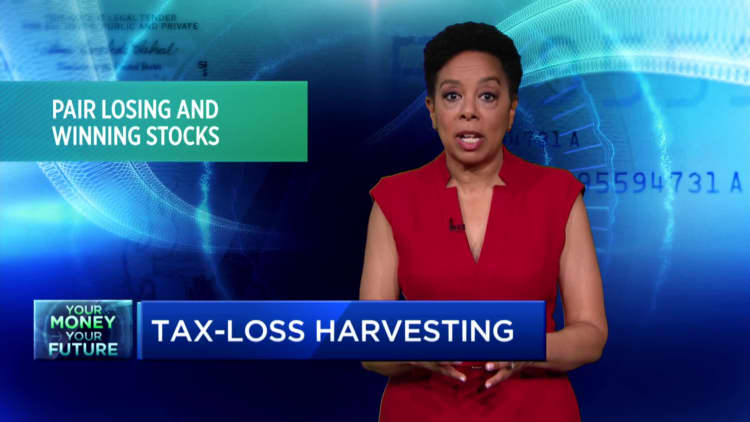[ad_1]
Toondelamour | E+ | Getty Images
Have a losing investment? You may need to wait longer than you think to regain that loss.
The answer lies in simple arithmetic.
Yet, “investors always misunderstand this,” said Ted Jenkin, a certified financial planner based in Atlanta and a member of CNBC’s Financial Advisor Council.
Here’s an example: Let’s say you invest $10 in a stock. Its value declines to $8 — a 20% loss. The stock’s value then rebounds by 20%.
You might guess you’ve broken even — but you haven’t. That 20% gain returns the stock’s value to $9.60, not the original $10.
It would take a 25% increase to fully regain the initial $2 loss.
This math is “why recovering what you lost is so hard, because you always have to achieve a better return than the actual return you lost,” said Jenkin, founder and CEO of oXYGen Financial.
Here’s a recent real-world example.
The S&P 500 stock index plummeted in the early days of the Covid-19 pandemic. The index declined from its 3,386.15 closing value on Feb. 19, 2020, to 2,237.40 on March 23, 2020 — a 34% loss.
The index had recouped its value by Aug. 18 that year, when it closed at 3,389.78 — a 52% gain from the low point in March.

This is perhaps a sobering math lesson for investors, who tend to feel the pain of a financial loss more strongly than a gain.
But it carries important implications for certain investors, too.
For example, retirees may opt to withdraw a certain share — say, 3% or 4% — of their retirement accounts every month for income. If those accounts decline in value — meaning income would decline, too — it may take “much longer than you think to get back to your regular income level,” Jenkin said.
[ad_2]

